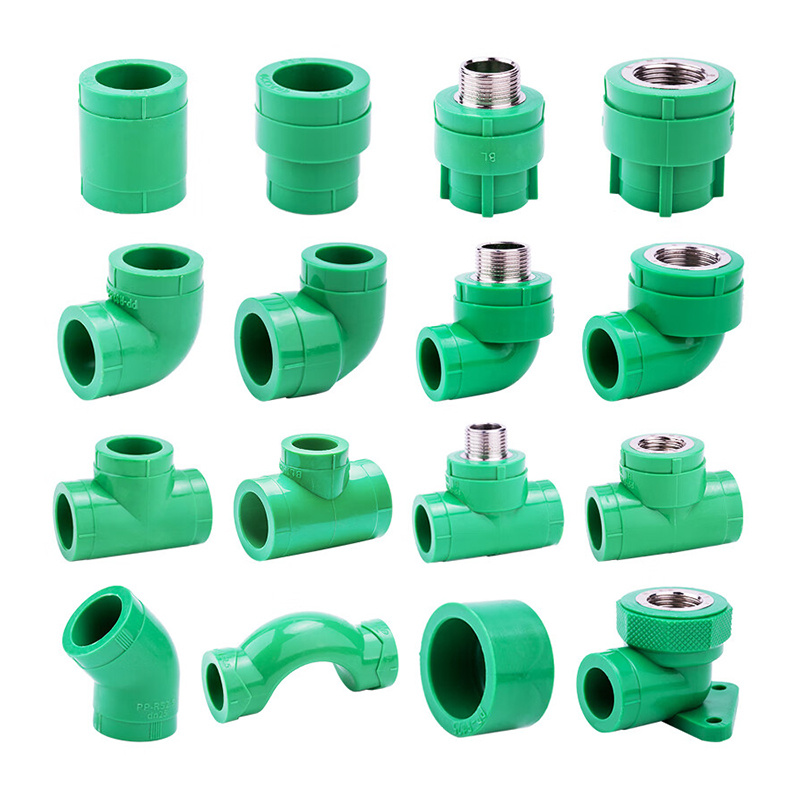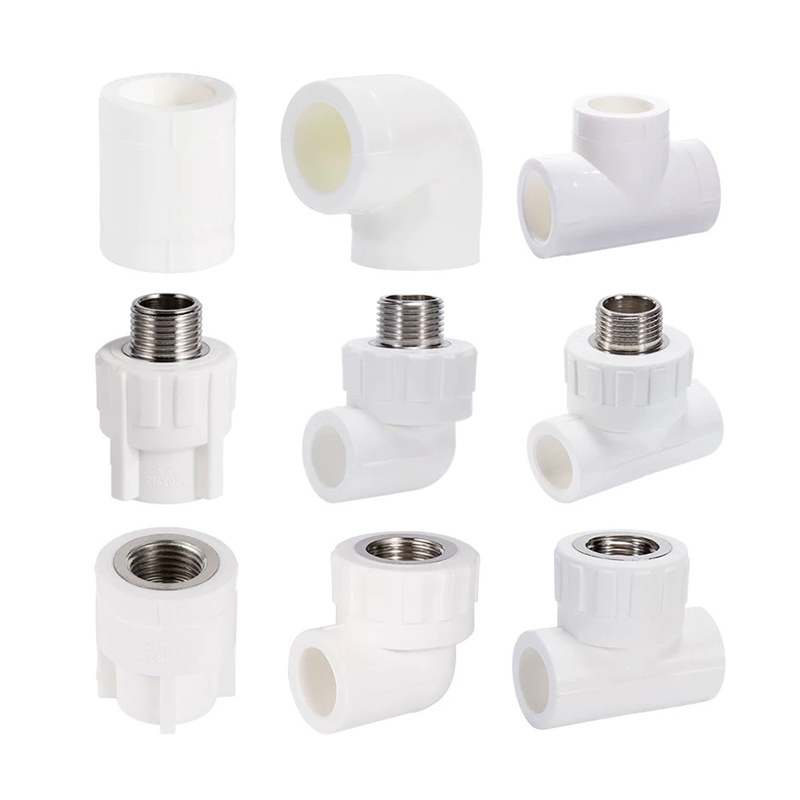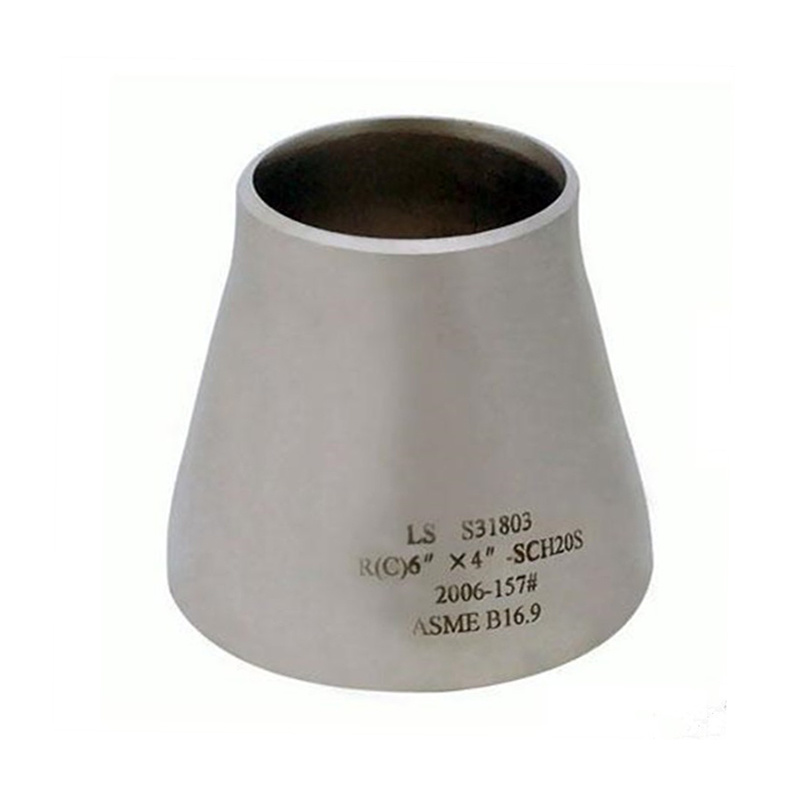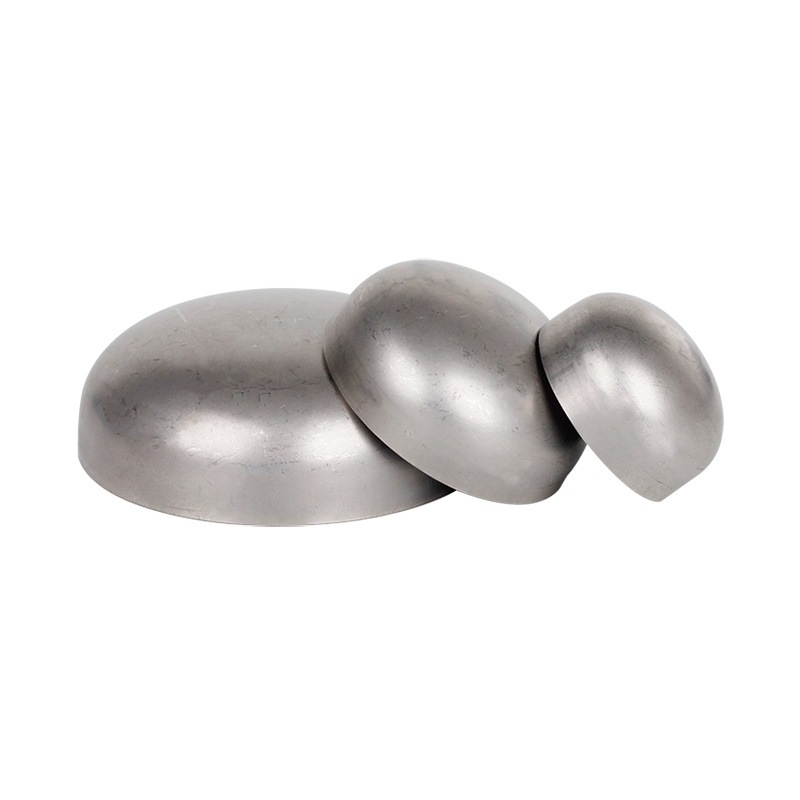


Flanges come in various types, each designed to meet specific requirements based on factors such as pressure, temperature, and application. Some common types include:
1. Weld Neck Flanges: Weld neck flanges feature a long tapered hub that provides reinforcement to the connection, making them suitable for high-pressure and high-temperature applications.
2. Slip-On Flanges: Slip-on flanges have a slightly larger diameter than the pipe they connect to and are slipped over the pipe before welding. They are commonly used in low-pressure and non-critical applications.
3. Socket Weld Flanges: Socket weld flanges have a recessed area (socket) into which the pipe end fits, allowing for fillet welding. They are suitable for small-bore piping systems and applications with moderate pressure and temperature requirements.
4. Blind Flanges: Blind flanges are solid discs used to close the end of a piping system or vessel. They are often used for pressure testing or as a permanent seal when a pipe end needs to be closed off
2. Slip-On Flanges: Slip-on flanges have a slightly larger diameter than the pipe they connect to and are slipped over the pipe before welding. They are commonly used in low-pressure and non-critical applications.
3. Socket Weld Flanges: Socket weld flanges have a recessed area (socket) into which the pipe end fits, allowing for fillet welding. They are suitable for small-bore piping systems and applications with moderate pressure and temperature requirements.
4. Blind Flanges: Blind flanges are solid discs used to close the end of a piping system or vessel. They are often used for pressure testing or as a permanent seal when a pipe end needs to be closed off
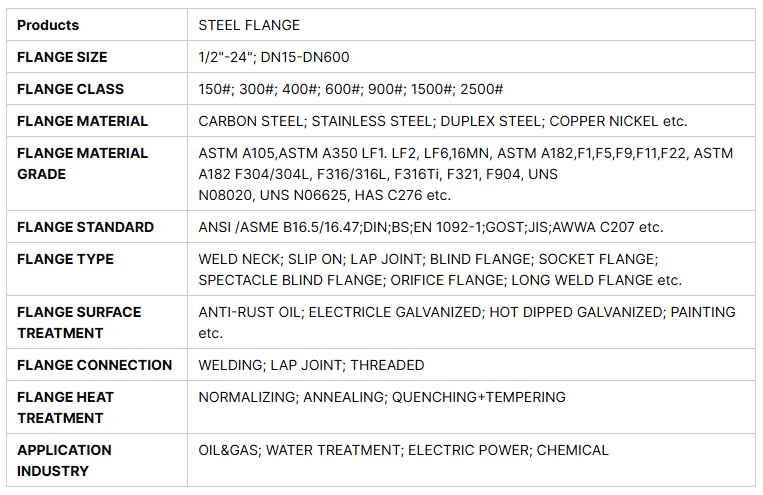
Keywords



Stainless Steel Flange
Flanges are used to connect pipes with each other, to valves, to fittings, and to specialty items such as strainers and pressure vessels.
Contact Us
Classification
Get A Quote
NOTE: Please leave your email, our professional person will contact you asap!

